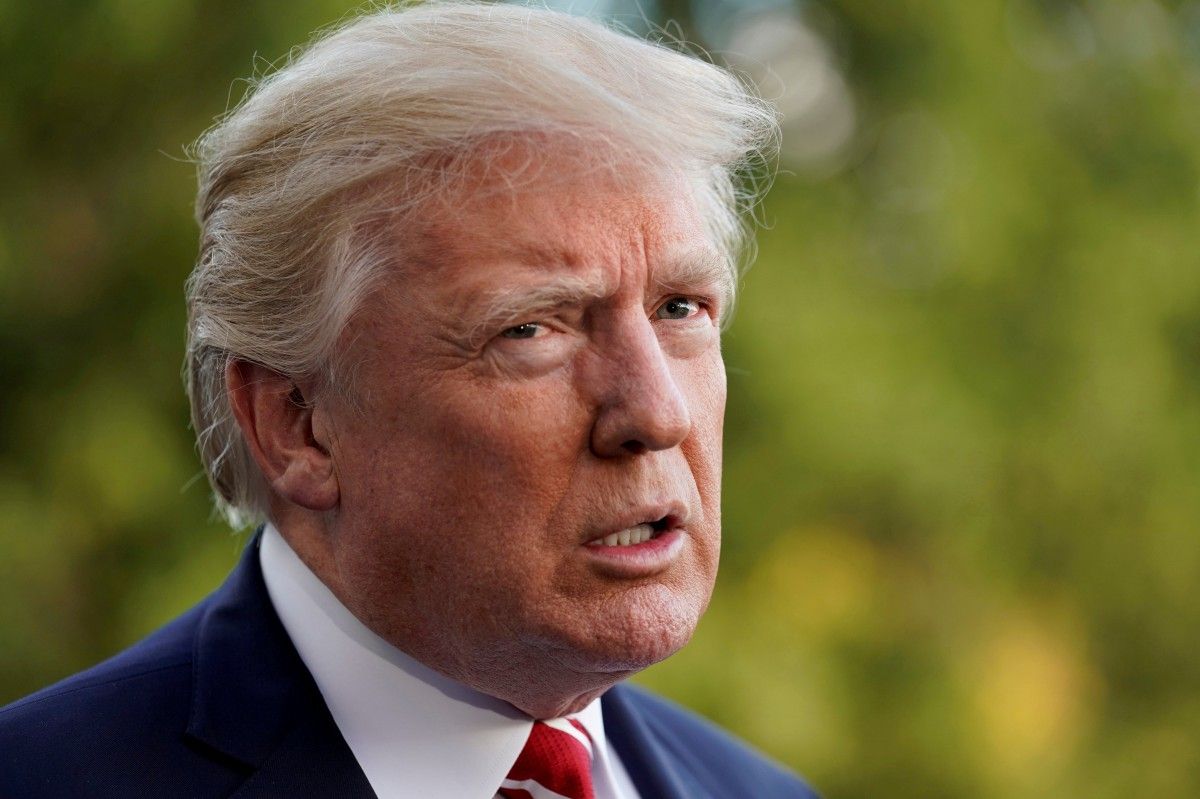
The plan is backed by senior members of Trump’s Cabinet, including State Secretary Rex Tillerson and Defense Secretary Jim Mattis, who voiced support for arming Ukrainian forces in meetings with Ukrainian President Petro Poroshenko in August. Mattis “believes that you should help people who are fighting our potential adversaries,” said a senior U.S. official involved in the deliberations, WP reports.
A decision to send arms has to be made by the president, and officials said Trump has been reluctant even to engage.
“Every conversation I’ve had with people on this subject has been logical,” the senior U.S. official said. “But there’s no logical conclusion to the process, and that tells me the bottleneck is in the White House.”
Read alsoCanada determines Ukraine as appropriate destination for inclusion on firearms control listIn July, the administration appointed former NATO ambassador Kurt Volker to serve as special envoy to Ukraine, putting him in charge of the delicate U.S. relationship with a former Soviet republic eager for closer ties with the West.
Putin has taken extraordinary measures to block that path, sending Russian commandos and arms into Ukraine to support pro-Russian separatists. And Putin is bitter about U.S. and European sanctions imposed on Russia for its aggression. A decision by Trump to send arms would probably rupture U.S.-Russian relations beyond immediate repair.
Trump was forced to grapple with these complexities in September, when he met with Poroshenko at the United Nations. Volker met with Trump to prepare him for the encounter.
Trump pressed Volker on why it was in the United States’ interests to support Ukraine and why U.S. taxpayers’ money should be spent doing so, Volker said in an interview. “Why is it worth it?” Volker said Trump asked. As Volker outlined the rationale for U.S. involvement, Trump seemed satisfied.
Read alsoTrump thanks Putin for praise, looks for help on N. Korea - media“I believe that what he wants is to settle the issue, he wants a better, more constructive U.S.-Russia relationship,” Volker said. “I think he would like [the Ukraine conflict] to be solved . . . get this fixed so we can get to a better place.”
The conversation was about Ukraine but seemed to capture Trump’s frustration on so many Russia-related fronts — the election, the investigations, the complications that had undermined his relationship with Putin.
Read alsoTillerson to NATO: Russian aggression in Ukraine biggest threat to EU securityVolker said that the president repeated a single phrase at least five times, saying, “I want peace.”

